|
No one wants to be jarred awake by the warning sound of the Emergency Broadcast System on their cellphone. Normally, it’s to alert us of an Amber or Silver Alert. I say a prayer and go back to sleep. But when it’s followed by “Take shelter immediately” and you live in an RV, it’s pretty sobering … especially at 1:30 in the morning. Having experienced a hailstorm earlier in the day and knowing another storm would be passing through after midnight, we took down our cellphone antenna (which gives us internet) and closed our slideouts before going to bed. So when I first heard the warning to take shelter, I didn’t think much of it. We had checked the weather and knew the predicted storm was supposed to pass over by 2 a.m. But then we received a text from my cousin, Debbie, across the street offering for us to come there to ride out the storm. That gave me pause. Maybe the storm was worse than I thought. And then Bob read the National Weather Service warning to me, including “Mobile homes will be damaged or destroyed.” That was all I needed to hear. “OK, let’s go,” I said. We grabbed some warm clothes and our jackets and trudged through standing rainwater to climb into Gulliver and drive across the street. Sleep was out of the question. Listening for the Train Debbie said, “If we hear the train, we can go down to the basement,” referring to the unmistakable sound that precedes a tornado. I had never experienced a tornado before, so my ears perked on alert. Any noise out of the ordinary made me wonder, “Is that the train?” Nope, just the air conditioner kicking on. Bob tracked the rapidly moving storm on his phone and kept me abreast of its direction. It developed two twisters but, thankfully, took a turn and missed us. By 2 a.m., just as predicted, the winds died down. We decided to head home to sleep in our own bed and evaluate the aftermath in the morning. Assessing the Damage The hailstorm had a greater impact than the tornado-producing storm. Golf ball-sized, spiky hail broke zucchini plants and marred it and other produce, making it unsellable. The accompanying wind toppled trees and flung branches. I climbed to the roof of our trailer to see what it looked like. Our shower skylight and three vent covers showed no signs of hail. Our Renogy solar panels, equipped with tempered glass on top, withstood the beating too. It turns out they, like most solar panels, are rated to handle 1-inch hail at 50 mph and up to 140 mph wind. Now we know ours can tolerate hailstones larger than 1 inch.
Although Tagalong’s roof fared well, he did get some cosmetic damage. In our haste to close our slides the day before, we forgot we had stashed our bikes under one of the slides. Closing it with them there wedged one under the passenger side fender, the same area damaged by the cattle guard when we first ventured out. Other than that, Gulliver and Tagalong came through unscathed. We did find a few small dents in our truck bed cover as a result of the hailstorm, but that was it. The damage could have been much worse. Although some of the area farm crops are unsalvageable, others received some much-needed rain. We thank God for keeping us safe.
5 Comments
We thoroughly enjoyed our time in the Upper Peninsula of Michigan visiting idyllic towns, exploring the sights, sampling regional delicacies, and absorbing the area’s beauty. There’s much more to see and do there than we could fit in. For our Lake Superior stop, we camped in the little town of Christmas near Munising. These are our three favorite activities from that jumping-off point: 1. Waterfalls Viewing waterfalls never gets old. Something about the way water gushes over a cliff is awe-inspiring. Within a 30-mile radius of Christmas, Michigan, you can hit about 15 different waterfalls — and they’re all a short distance (maybe ¼ mile at the most) from the parking area. We hiked to Wagner Falls and Munising Falls to take in their beauty. One of the UP’s most popular waterfalls is Tahquamenon Falls in Paradise, Michigan, a 1.5-hour drive from Christmas. We made the trek to see the wonders many people compare to Niagara Falls. The Tahquamenon Falls State Park comprises two areas: the upper falls and the lower falls. We started at the lower falls, a series of five cascades rushing around an island. Tannins from cedar, spruce, and hemlock trees have made the water an amber color. From there, we drove 3 miles to the upper falls and hiked a paved trail to a few different viewing areas, including right up to the brink, where we could feel the spray. The upper falls drop 50 feet and stretch 200 feet across, dumping 50,000 gallons of water per second into the Tahquamenon River. 2. Pasties The UP is known for a food staple called pasties (pronounced with a short “a” like nasties). These delectable meat and vegetable-stuffed handheld pies played a major role in the UP’s mining industry in the 1800s. Finnish miners took pasties down in the mine with them for a hearty midday meal that would sustain them through the long workday. We had to try the signature dish. We found one location that sold gluten-free pasties, but it was farther than we wanted to travel. Instead, we bought some frozen pasties closer to our campsite to take home and enjoy for breakfast. The original and most popular pasty includes meat, potatoes, onions, carrots, and rutabaga. We got one of those and a breakfast pasty filled with eggs, sausage, potatoes, onions, and cheese. Both were good and tasty, and quite filling. We clearly understood why and how these sustained the mining industry for so many years, and why their legacy lives on. 3. Pictured Rocks The Pictured Rocks National Lakeshore is another popular destination in the UP. Spanning 42 miles, the area offers streams, beaches, campsites, and hiking trails. Anyone who’s been there will tell you the best way to see Pictured Rocks is from the water, where you can explore the beauty of 15 miles of limestone cliffs. To do that, you can take a Pictured Rocks boat tour, rent a kayak, or rent a pontoon boat. We took option 3 and hit the water on a cold but sunny May day with a temperature of 49 degrees (forecasted to rise to 52). We planned ahead and wore layers of clothing and packed warm food to help us through. The cold wind in our faces didn’t make the trip super enjoyable, but we made the best of the experience anyway. A water tour of Pictured Rocks provides views of the East Channel Lighthouse on Grand Island, Miners Castle, Mosquito Beach, Chapel Rock, and Spray Falls — yes, more waterfalls. We actually anchored at the falls and enjoyed some warm soup before venturing on. From there, we headed to 8-mile-wide Grand Island. Its 21-mile perimeter includes a couple of beaches you can boat right up to. We took advantage of that and docked at Trout Bay for lunch. The Seaberg Pontoon Rentals company had told us to pull the boat up on shore if we stopped at a beach. We did that and walked around the area in search of a charcoal grill. As we surveyed the beach, our boat started to turn so that it was no longer perpendicular to the shore. We thought we might be able to back it up and pull it into shore again. Bob took off his shoes and socks to wade in the frigid water (less than 40 degrees) so he could push the boat out while I started the engine. It didn’t work at first. The boat became parallel to the shore. Not a good situation. Bob was able to maneuver it to get it perpendicular again, and we finally got the engine started. Bob hopped on, we backed up the boat, and then navigated and beached it closer to the grill. And this time, we put the anchor in the sand to keep from having to chase the boat again. We enjoyed a warm lunch and basking in the sun before boarding the boat again for one last stop to see a shipwreck. A wooden schooner called the Bermuda sank completely intact in 1870 and is resting with her top deck only 12 feet below water. We were able to zig-zag across her length, imagining what it must have been like when she sank.
After that, we returned our boat and reunited with Gulliver, who spent the day on a pier watching activities in the water. Our hearts swelled with gratitude at the beauty we got to behold together celebrating a unique experience. You might also enjoy 4 Cool Things to Do Along Lake Huron in Michigan’s UP. We never thought we’d get stuck … especially in a state campground. But, after trying to maneuver into our Traverse City, Michigan, campsite from a very narrow road, we decided to attempt a different approach. Bob pulled into the empty site across from us and tried to back Tagalong in from there. As he did, Gulliver’s dually tires dug into the soil until they were spinning but not moving the truck. We excavated some of the soft sand, put wood planks in front of the tires, and tried again. They still didn’t grab. Desperate, we replaced the planks with firewood we had brought with us from our previous stop to build a platform in front of the tires. Still no traction. We were so stuck that we needed help to get out. Truck Wars Campers tend to be friendly, helpful people, and the campers in Traverse City didn’t disappoint. Bob found a guy with a Ford truck who was more than willing to try to pull our Dodge Ram and trailer out of the sand. We only needed a tow strap. Another camper on a bicycle stopped — mostly because we were blocking the road, but also because he wanted to watch. He said he had a tow strap and zipped off to get it. After he returned, the guys hooked the strap between the front of Gulliver and the back of the first guy’s truck. That did the trick and pulled our truck up out of the soft sand. Whew! We attempted once again to back into our campsite. And, once again, we got stuck in the same soft sand. By now, a third good Samaritan, Ernie, had joined the party and offered to pull us out with his GMC 4x4, wanting to show up the Ford — and eager to keep the cyclist from going to get his Toyota. The GMC, like the Ford, succeeded. But we still couldn’t get into our site without our tires digging into the sand. A New Tactic Ernie recommended we unhitch the trailer and reposition the truck to where it would be out of the sand before reconnecting. That would mean we’d have to connect to the trailer from a side angle rather than directly in front of it, something we’d never attempted. But Ernie, who had a fifth wheel about the same size as ours, had done it before. What did we have to lose? We unhitched, leaving our trailer sticking out in the road, and Bob moved Gulliver. To prevent another tailgate mishap with the trailer in tow, we removed the tailgate. Reconnecting the truck to the trailer at an angle worked and enabled Bob to pull Tagalong forward — away from the super soft sand — and get enough running room to back into our campsite. What a relief! Thinking Ahead I would have been happy just to leave the trailer right there and set up camp. But, to prevent getting stuck again when leaving, we realized we needed to finagle Tagalong for an easy getaway. So, Bob moved the truck forward and backward time after time after time to get our very long trailer situated just right to give us the best chance at success. More than two hours after arriving at the campground, we finally parked in our campsite and unhitched from the truck for the week. 4 Lessons Learned
After our frustrations died down and we were able to evaluate the situation, we realized four valuable takeaways: 1. Always carry a tow strap. When we purchased Gulliver, we purposely got him without four-wheel drive, thinking it unnecessary and not wanting to spend the gas mileage for a nice-to-have. We didn’t regret that decision until this day. Similarly, we didn’t think we had any use for a tow strap. We’ve since ordered a heavy-duty tow strap and will pick it up at our next location. If we ever find ourselves in a similar situation to this one — and we hope we never do — we’ll be better prepared. 2. Check the soil before parking. We had no idea the ground we were attempting to drive on would completely give way, but we could tell by looking it was soft. Next time, we’ll get out and assess the terrain closely before attempting to pull our 17,000-pound trailer onto it. 3. Think outside the box. Sometimes, to find the best solution to a problem, you have to look at the situation from a different angle. Taking the advice and experience of our friendly camping neighbor, Ernie, we learned to look at our fifth wheel kingpin and hitch at a different angle — and realized we don’t always have to square the truck to the trailer to connect it. After all, the kingpin is round. 4. Don’t be afraid to look like a fool. No one wants to be the campground entertainment, those campers everyone stops what they’re doing to watch. But that’s what we were that day. One couple even got their lawn chairs out to enjoy the festivities. We looked like newbies rather than full-time RVers who’ve been on the road for more than a year. Our pride got in the way, resulting in embarrassment. And that only added to our frustration throughout the parking ordeal. We all have hard days we can learn from. Perhaps our experience will help someone else in the future. |
AuthorThis is the travel blog of full-time RVers Bob and Lana Gates and our truck, Gulliver, and fifth wheel, Tagalong. Categories
All
Archives
July 2024
|
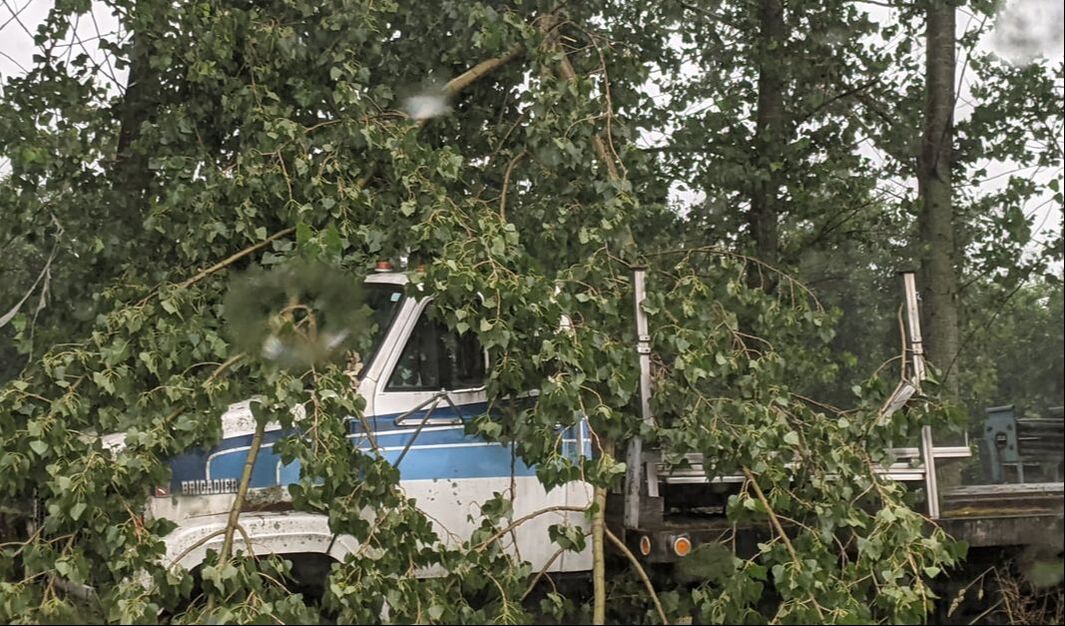
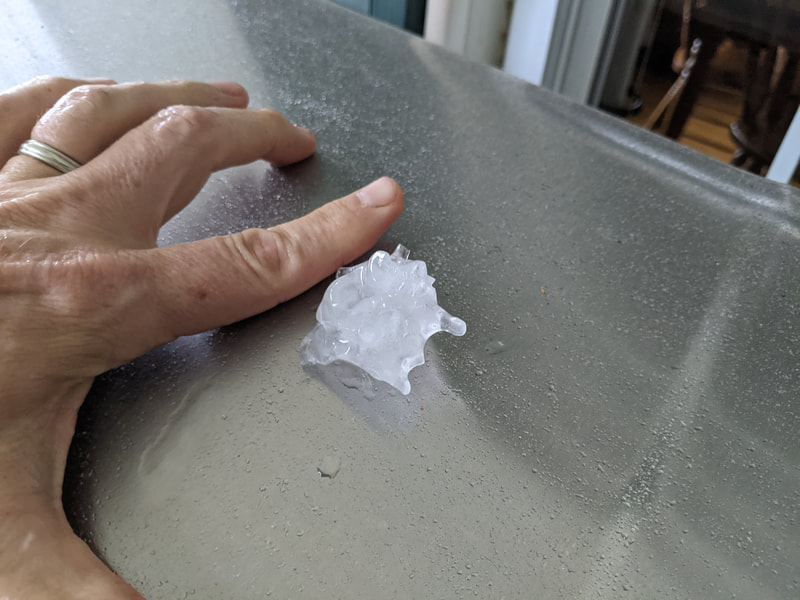
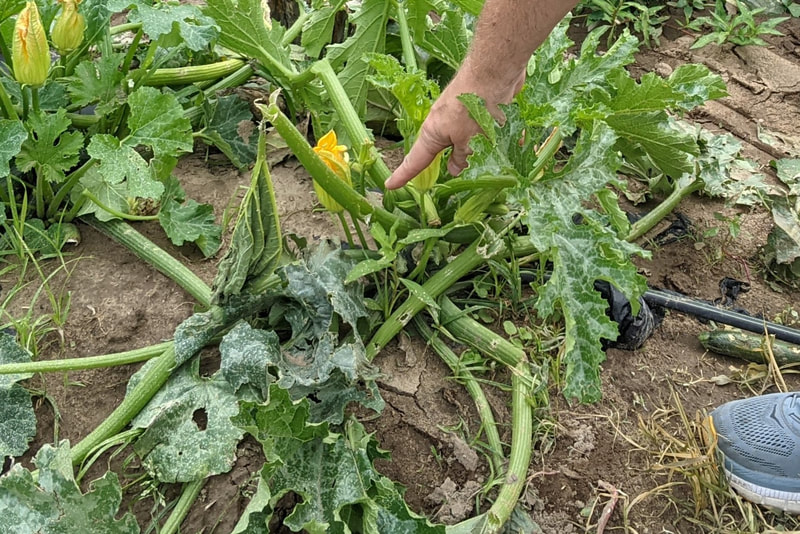

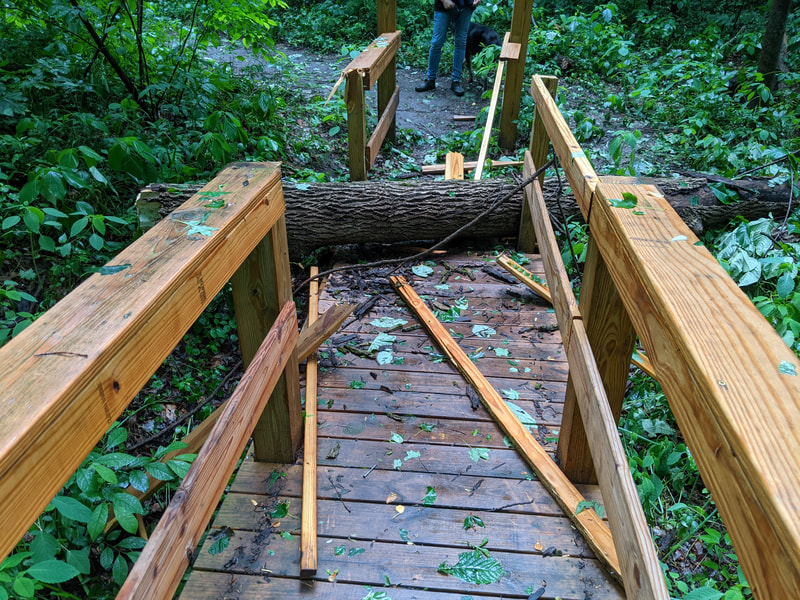
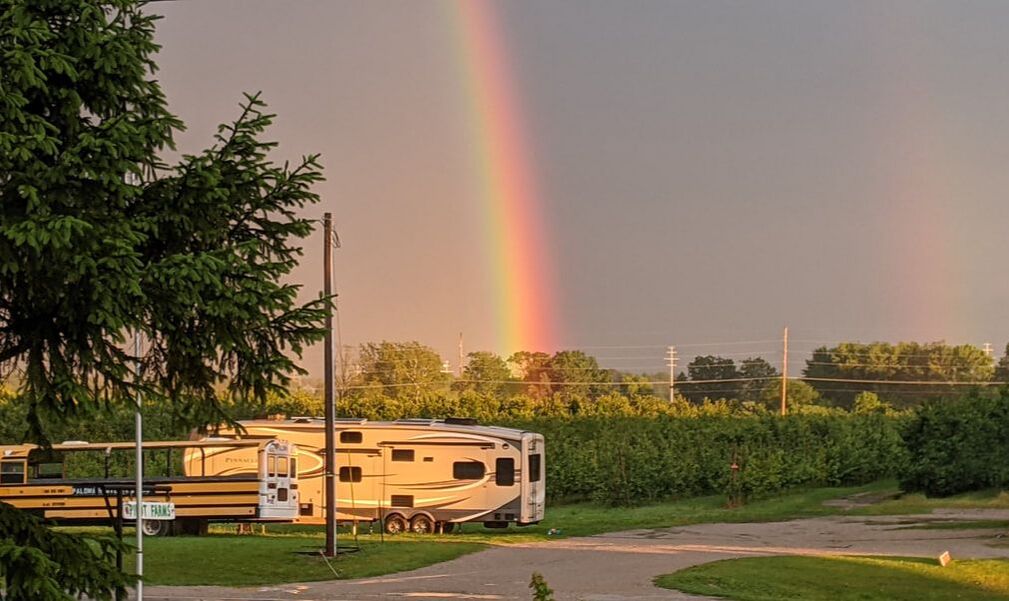
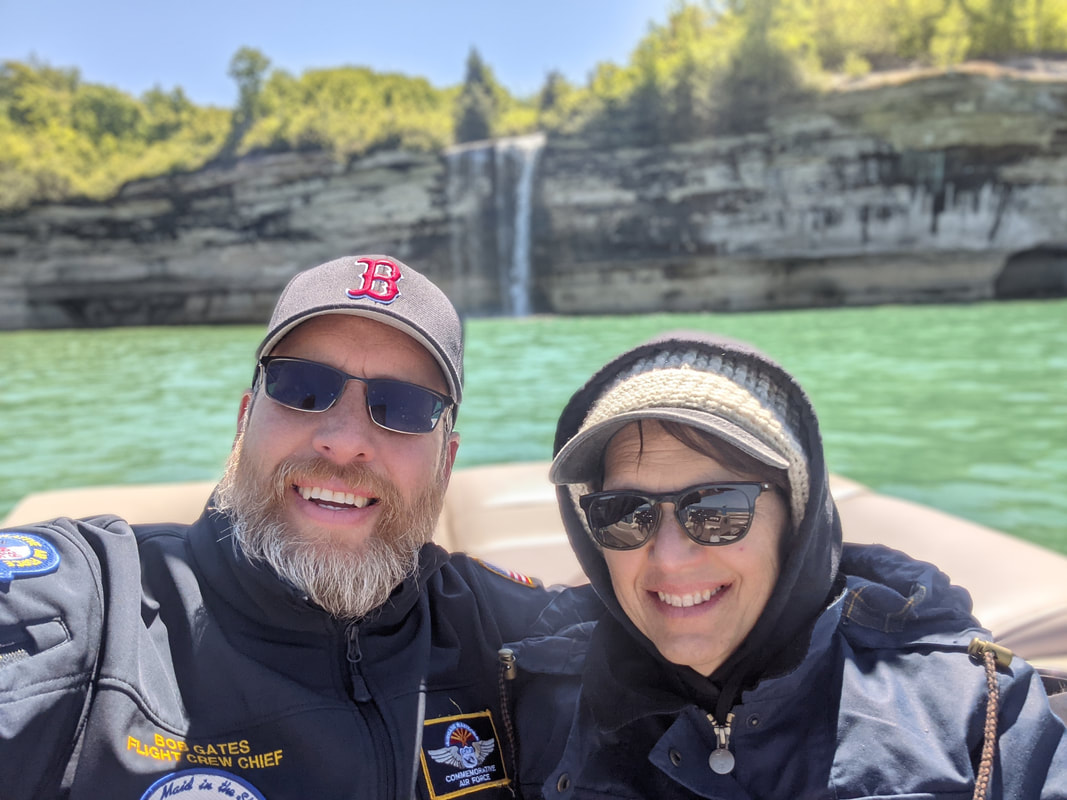
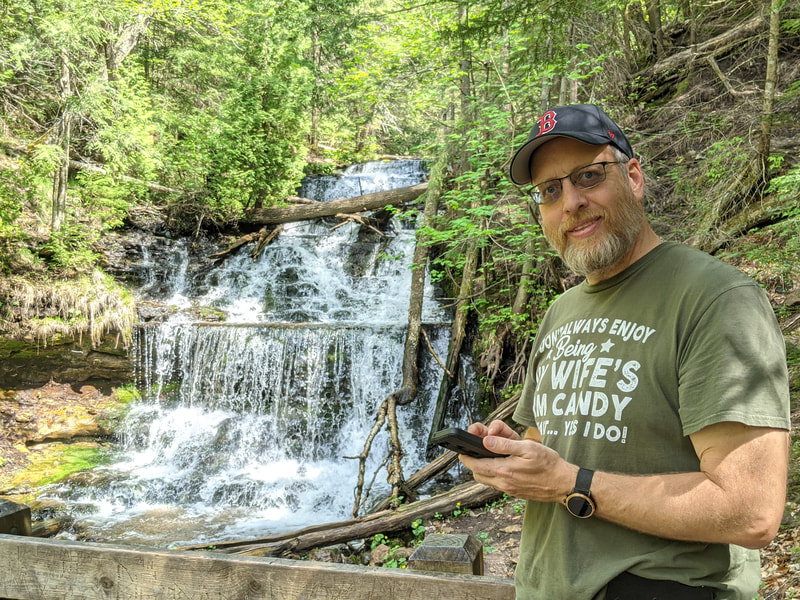
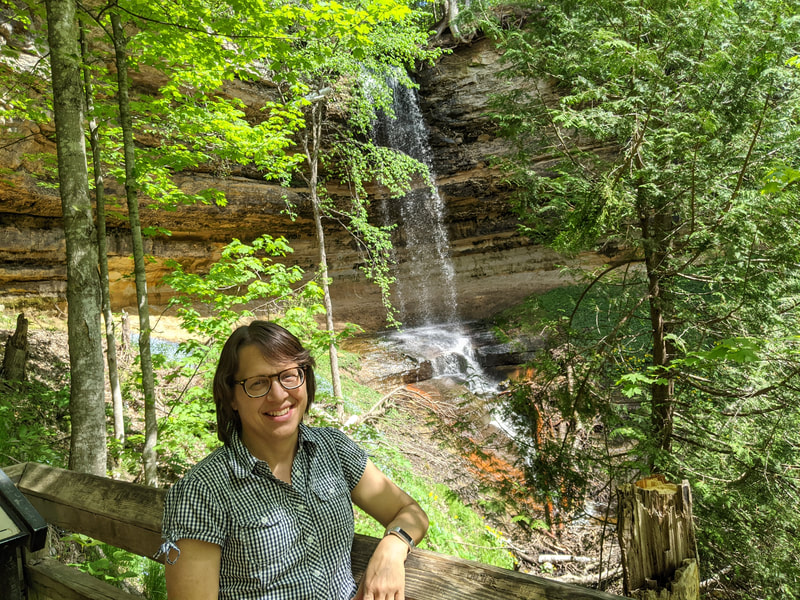
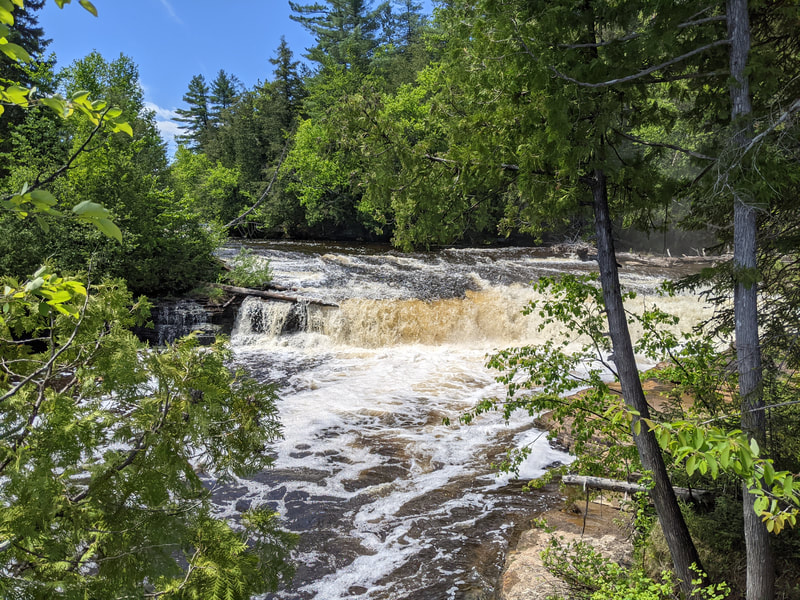
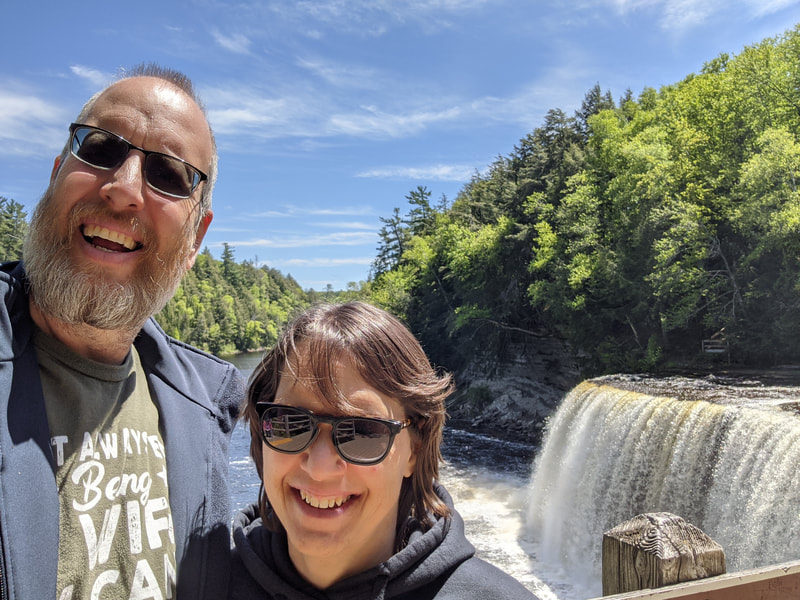
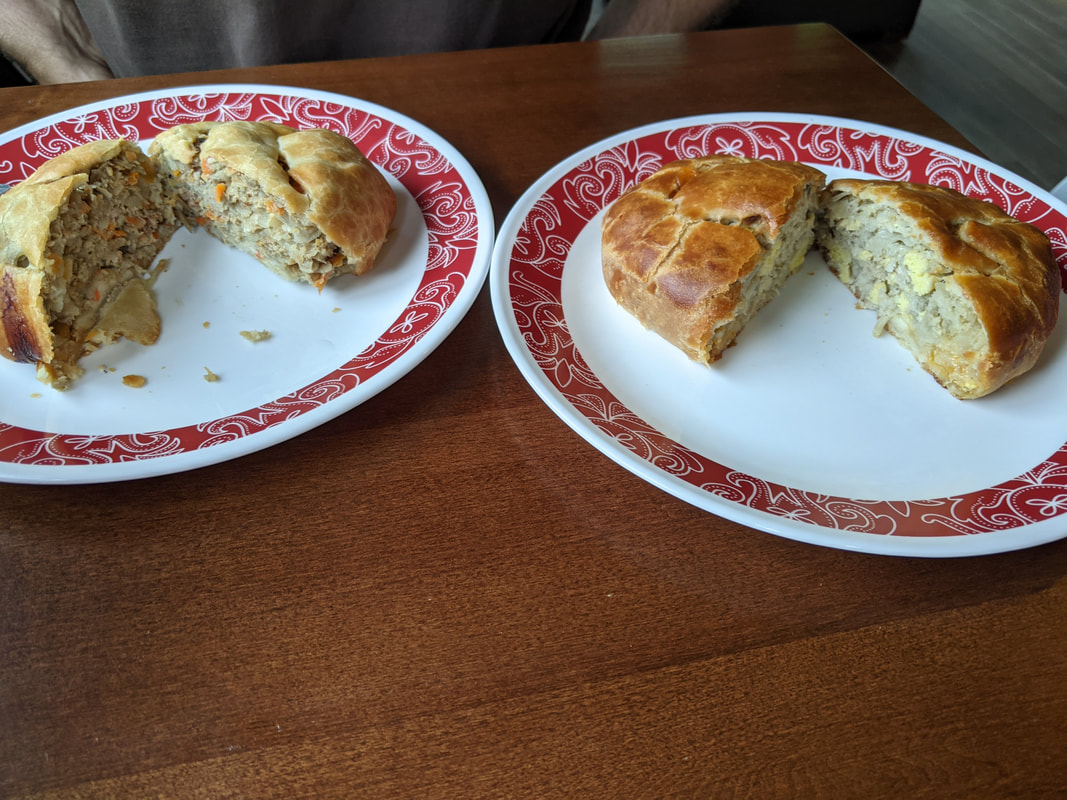
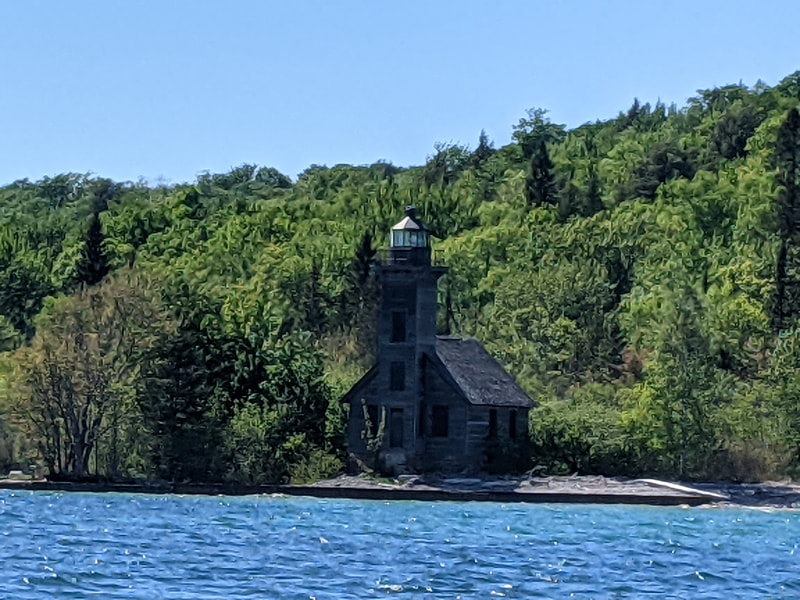
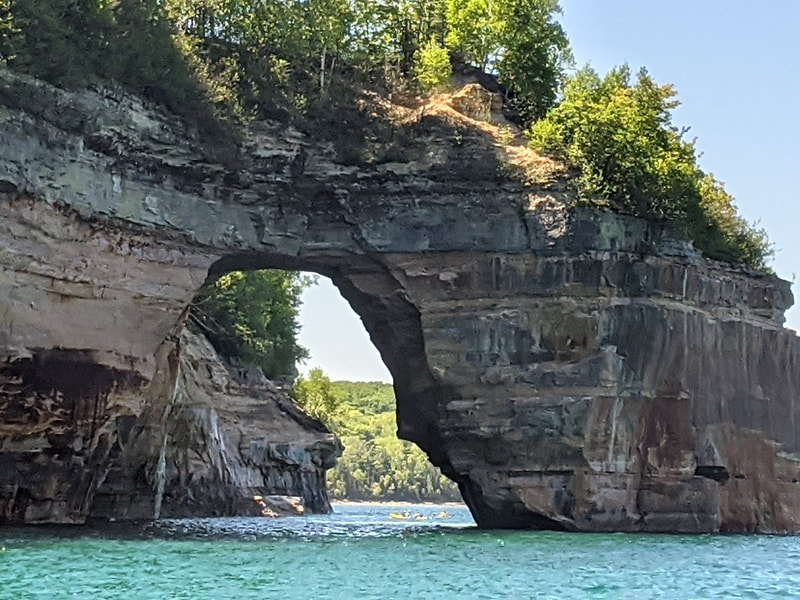
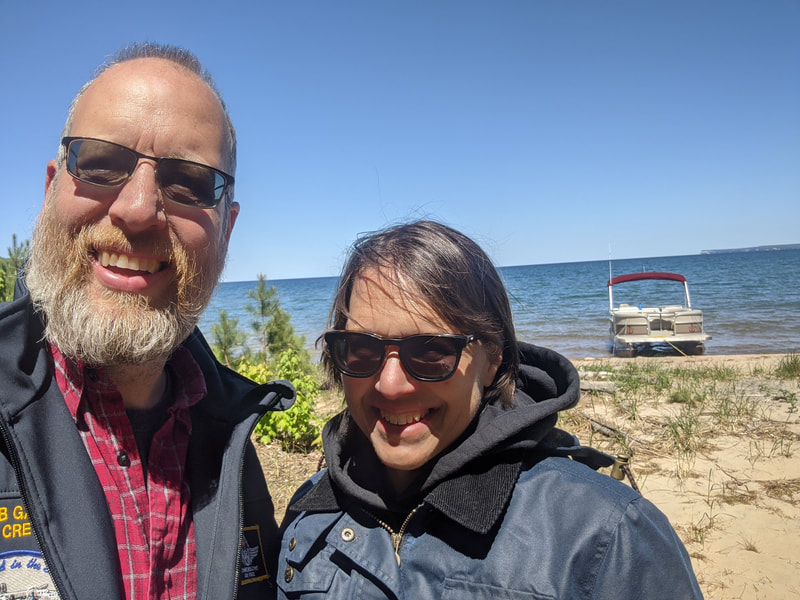
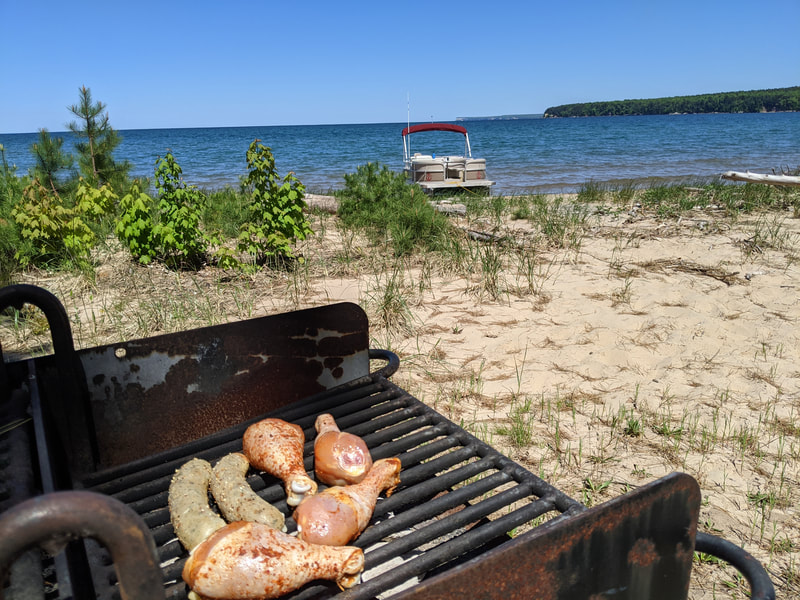
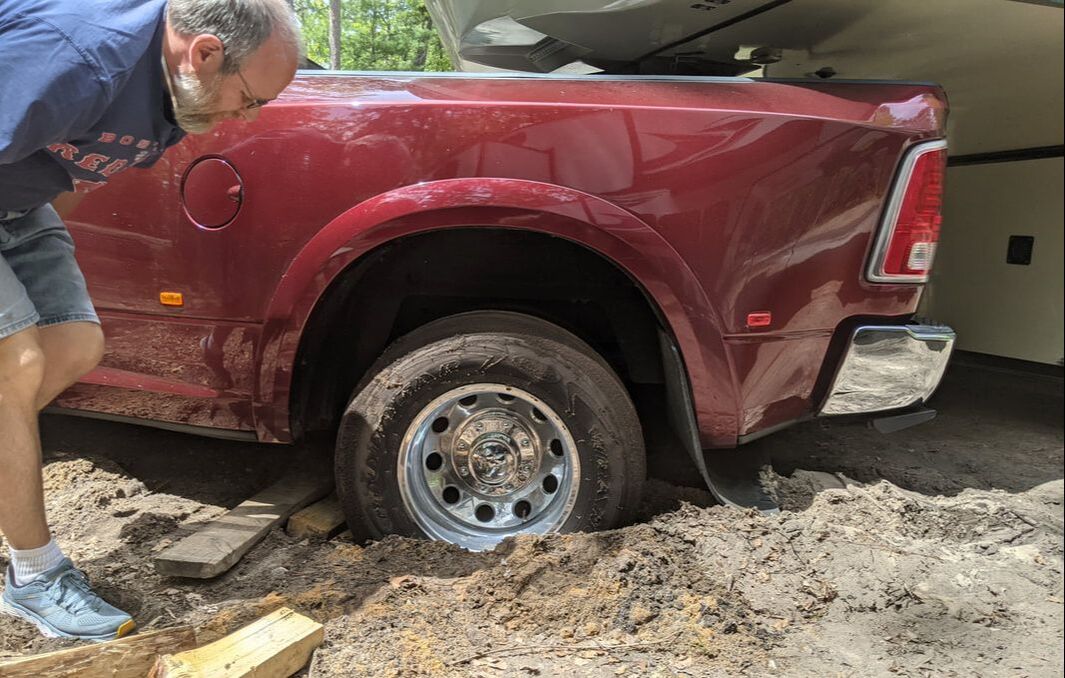
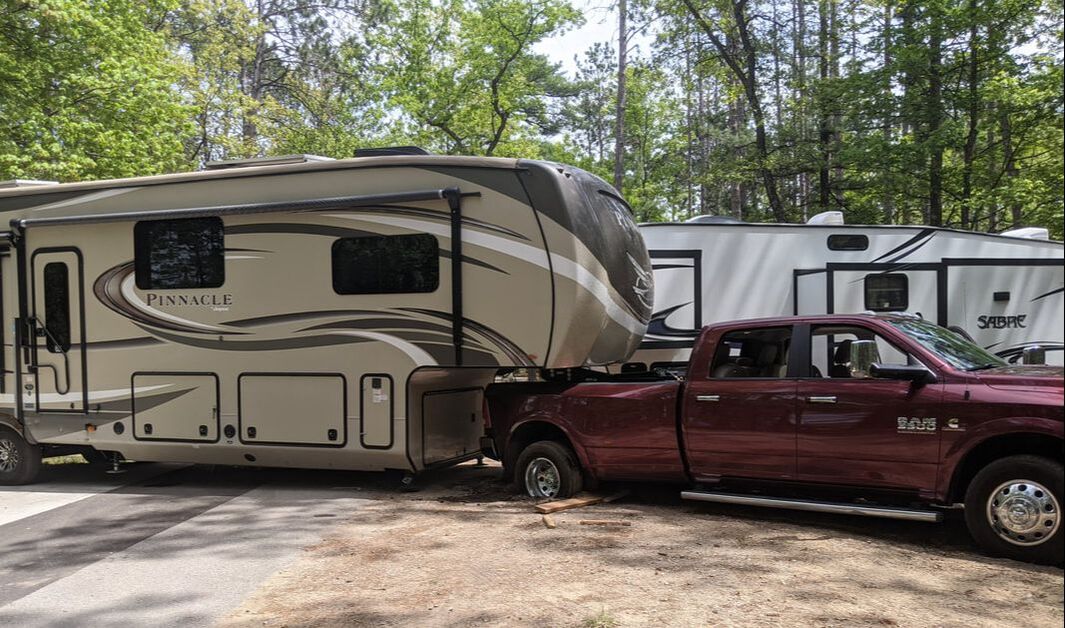
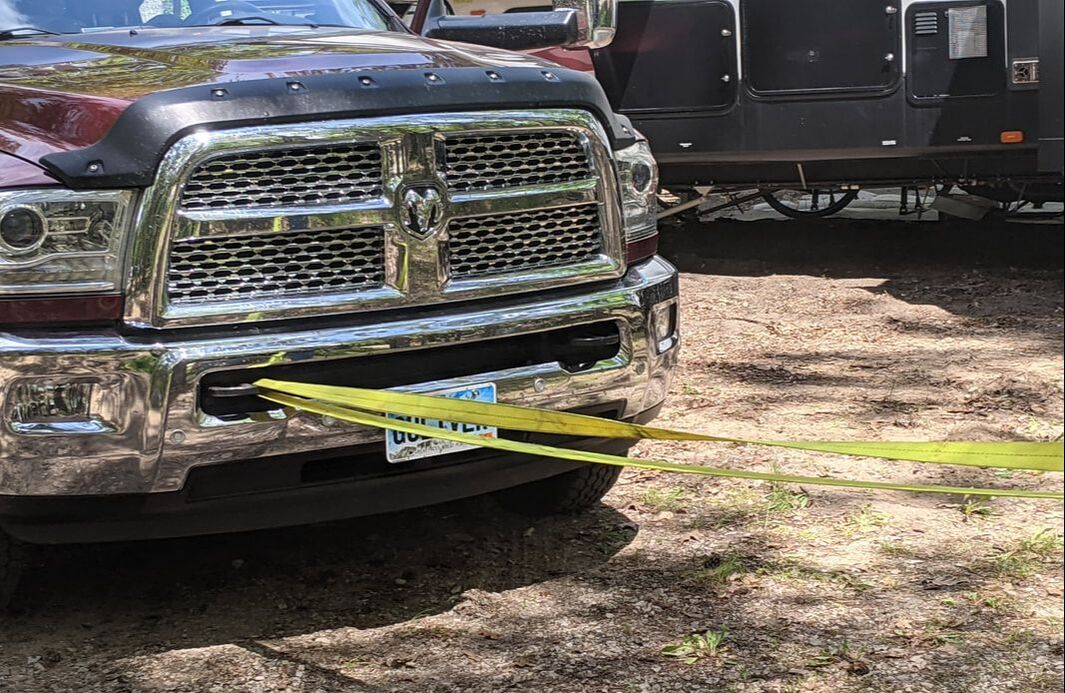
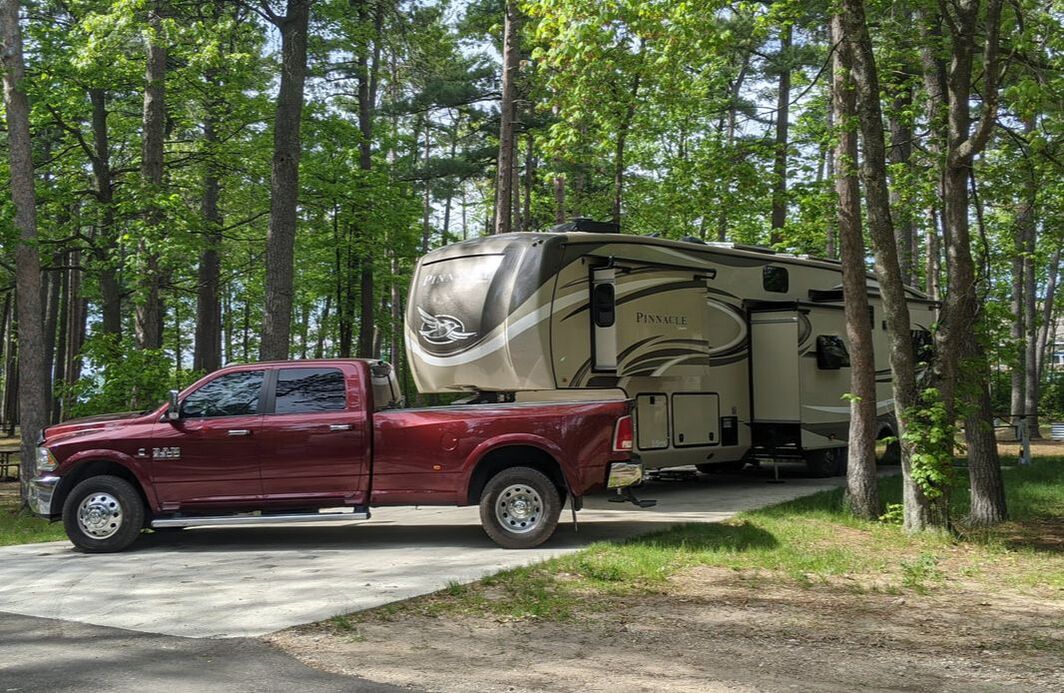
 RSS Feed
RSS Feed